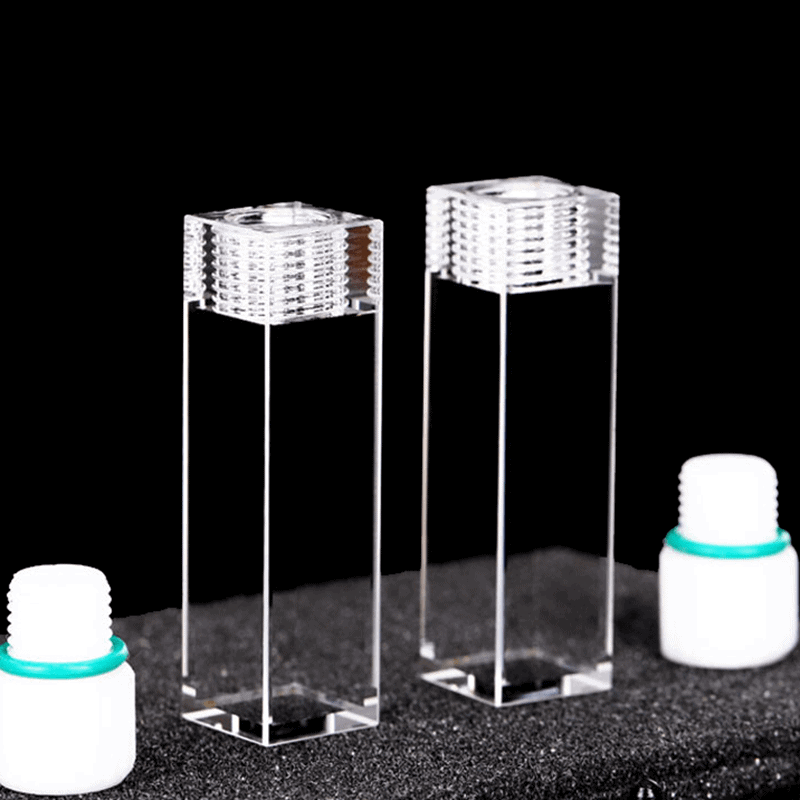Why Cuvettes Are Needed for Accurate Proportions in Labs
Why Cuvettes Are Needed for Accurate Proportions in Labs
Blog Article

The Great things about Cuvettes and Quartz Vials in Scientific Study
In scientific research, the precision and stability of measurements are paramount, especially in fields like spectroscopy, chemical analysis, and biology. One critical ingredient that assures accuracy in these reports may be the cuvette, especially cuvet. Understanding the benefits of cuvettes and the advantages of applying quartz vials may somewhat influence the end result of tests and lab work.
Accuracy in Spectroscopy
Cuvettes are important for keeping fluid products in a variety of diagnostic tools, especially spectrophotometers. These units measure the absorbance or indication of mild through a sample, and the cuvette serves while the container for the sample all through analysis. The measurement and substance of the cuvette play an essential role in ensuring the reliability of the measurements. Quartz vials, exclusively, offer exemplary optical quality, permitting accurate mild transmission across a wide selection of wavelengths, including ultraviolet (UV) light. That makes quartz vials an excellent selection for spectroscopic experiments, wherever detail is critical.
Toughness and Chemical Resistance
Quartz vials be noticeable because of their durability and opposition to severe chemicals. Unlike plastic cuvettes, quartz vials are less inclined to degrade or respond with chemicals in the test, ensuring that the outcome of the experiment stay unaffected by possible contamination. That quality makes quartz vials specially helpful in conditions where extreme solvents or high temperatures are involved. Their capability to endure extreme problems without diminishing the reliability of the test is one of many major causes they are favored in several laboratory applications.
Precision in Measurement and Shape
The size of a cuvette is not a one-size-fits-all situation. The aspect of the cuvette, such as for example their route size, influences the quantity of the test and the amount of gentle that moves through. Selecting the proper cuvette size for the specific experiment guarantees that the results are perhaps not skewed because of under or over-concentration of the sample. Quartz vials come in many different sizes and shapes, letting researchers to choose probably the most proper option based on the needs of these experiment. That freedom plays a role in more accurate data and provides for greater control around fresh conditions.
Visibility and Mild Indication
Quartz is noted for its excellent openness, specially in the uv (UV) and obvious gentle spectra. This makes quartz vials well suited for use in devices that want apparent visual trails, such as for instance UV-Vis spectrophotometers. The remarkable light indication qualities of quartz ensure that the mild passes through the trial with little dropping or consumption, leading to more precise readings. For tests that need high detail, quartz vials offer a distinct advantage over different materials.
Long-Term Stability
When employed in research labs, it is crucial to own trusted resources that maintain their strength over time. Quartz vials aren't just chemically resilient but also very tough, indicating they're less likely to experience use and tear. This long-term stability ensures that analysts may use quartz vials for lengthy periods without worrying about deterioration or the requirement for regular substitutes, causing cost-effectiveness in the long run.
To conclude, equally cuvettes and quartz vials present a variety of benefits that enhance the quality and accuracy of lab experiments. From their remarkable visual clarity for their compound weight and toughness, these resources are fundamental in scientific research. By choosing the right cuvette size and utilizing quartz vials, experts may assure specific proportions and obtain more trusted benefits inside their studies. Report this page